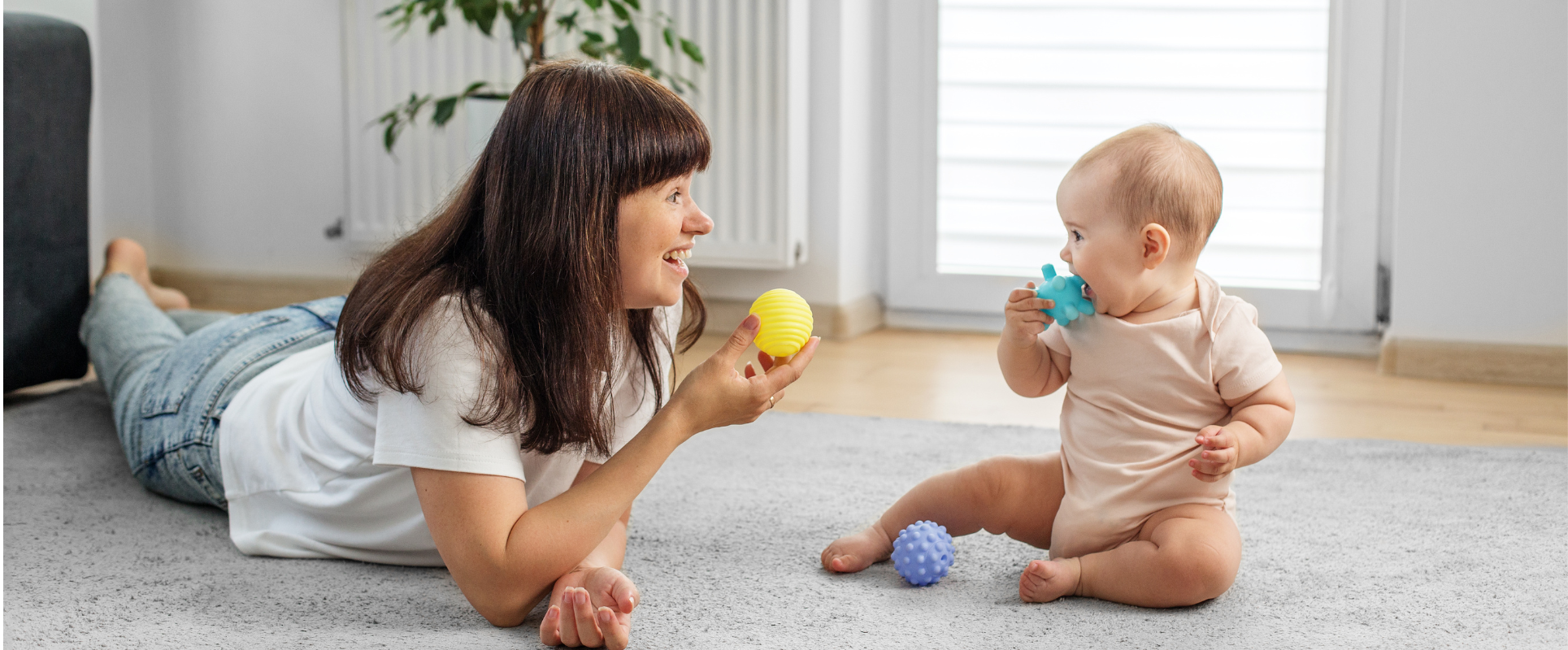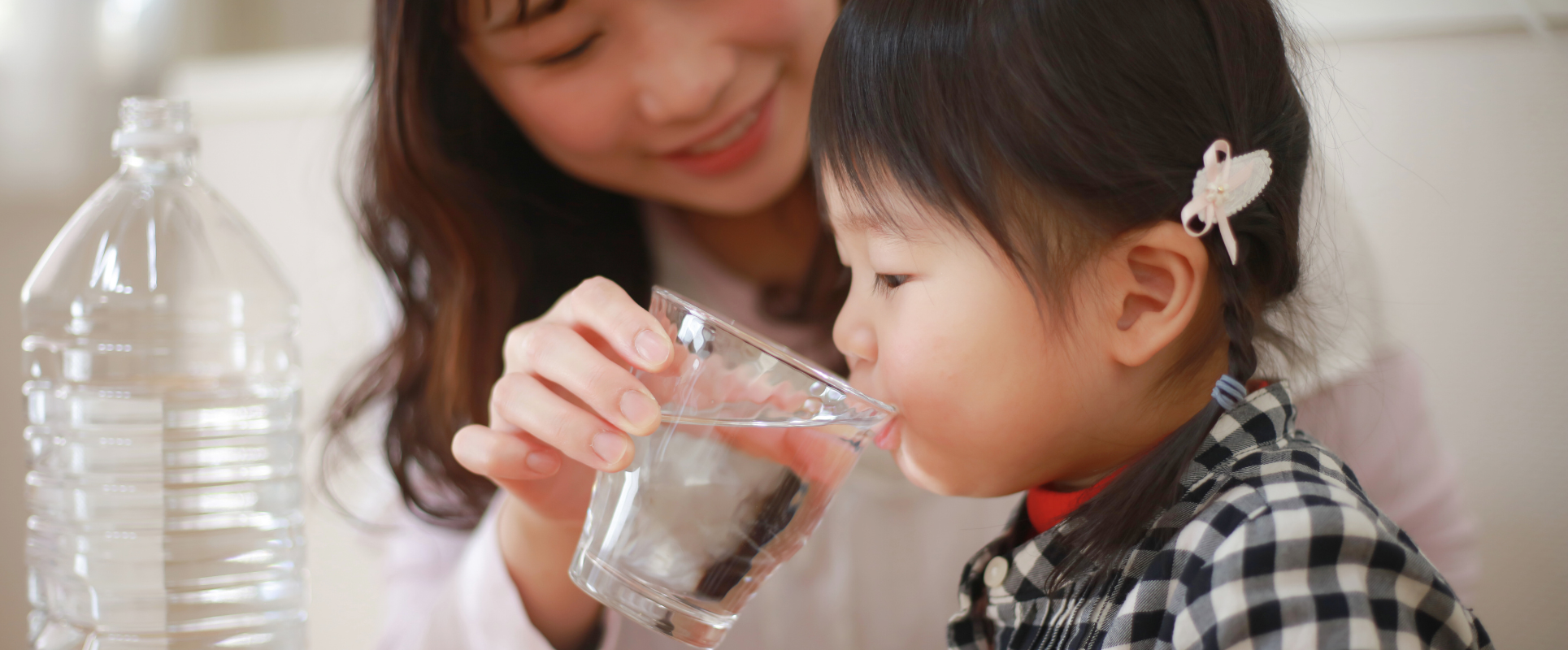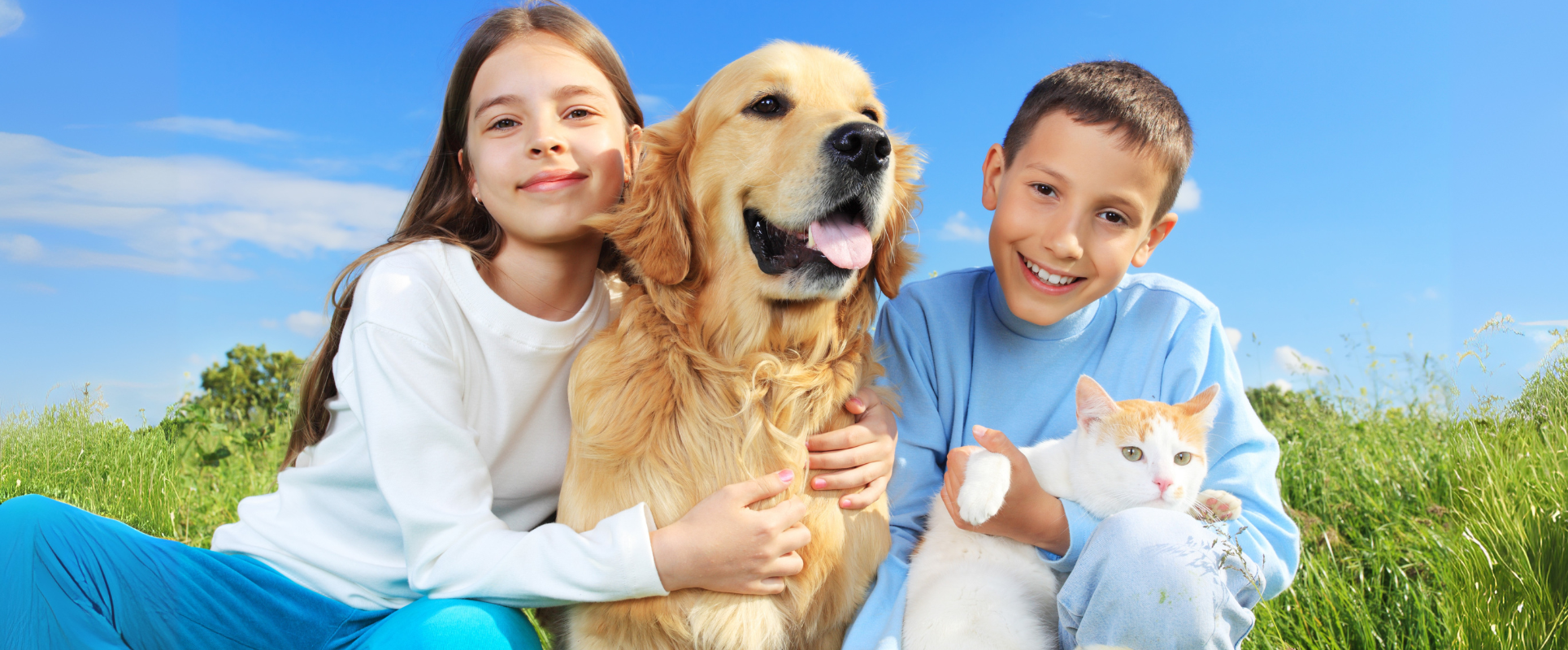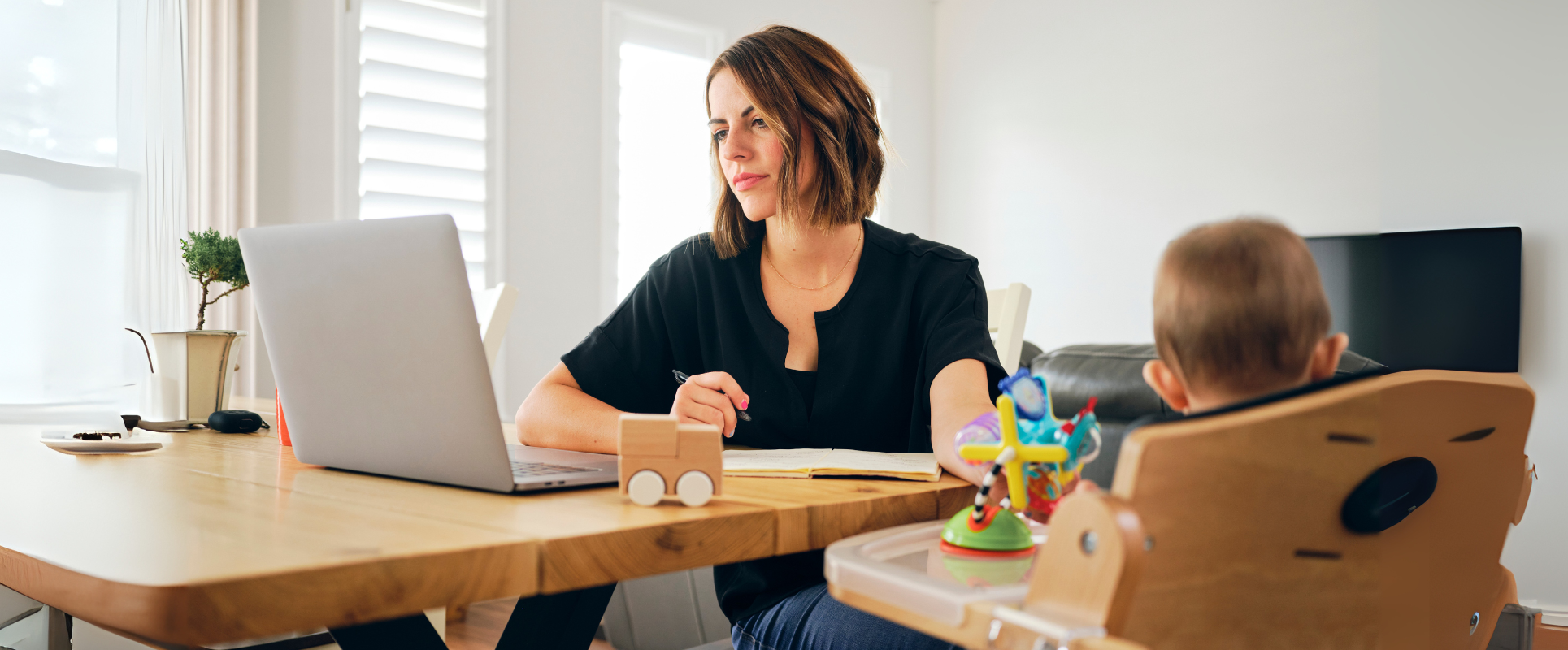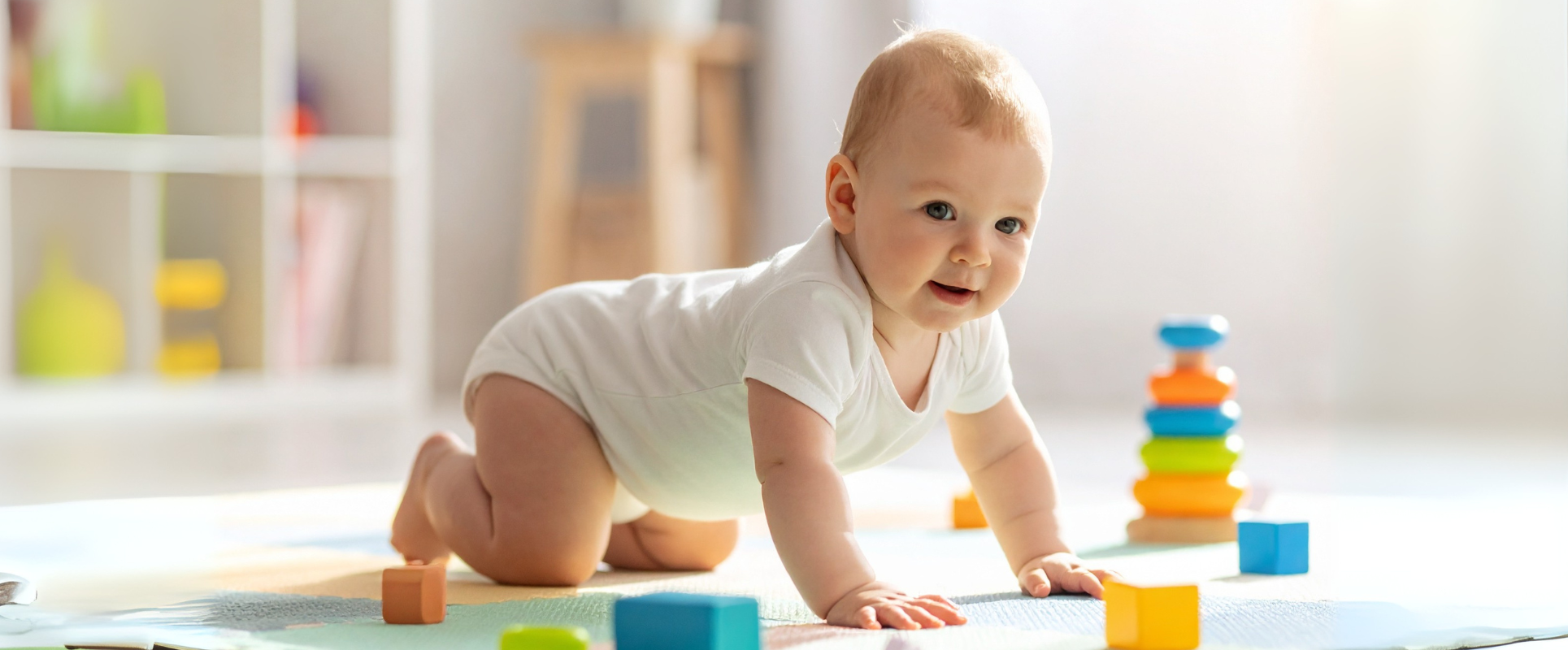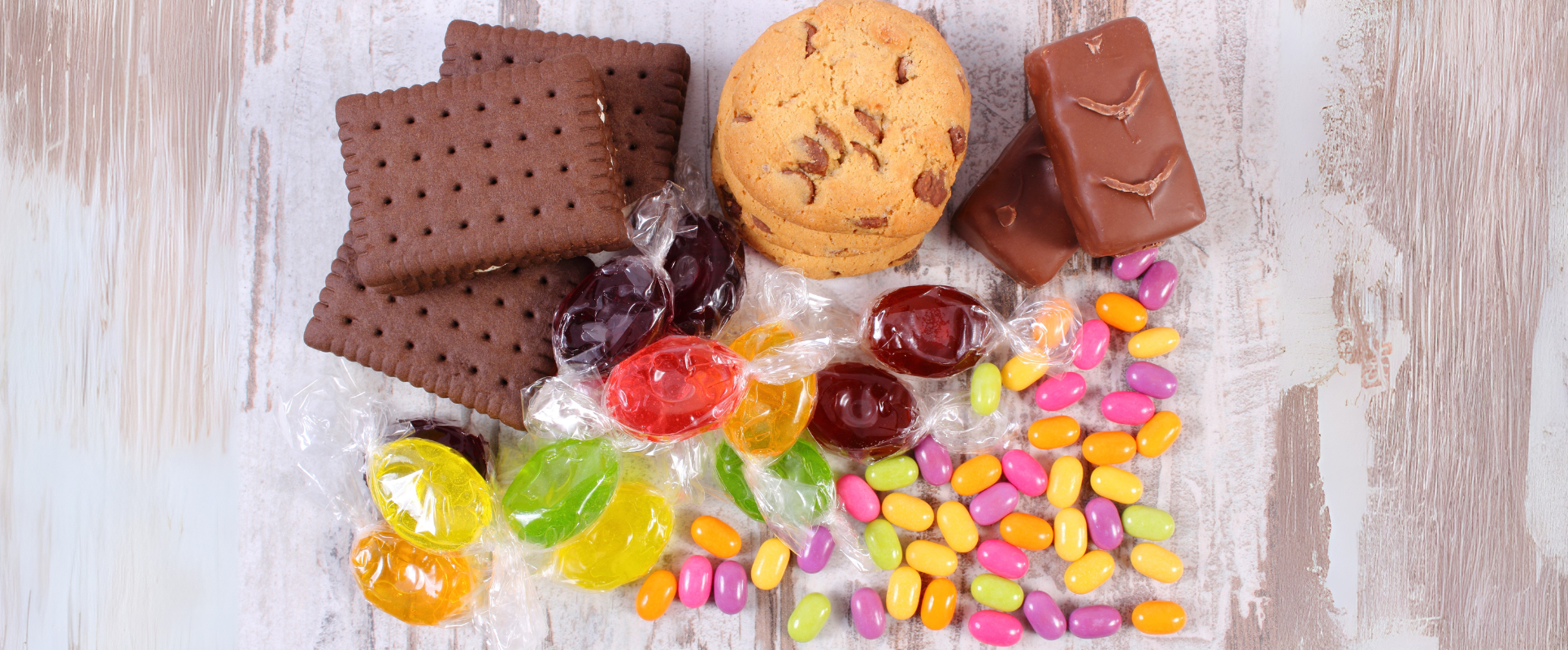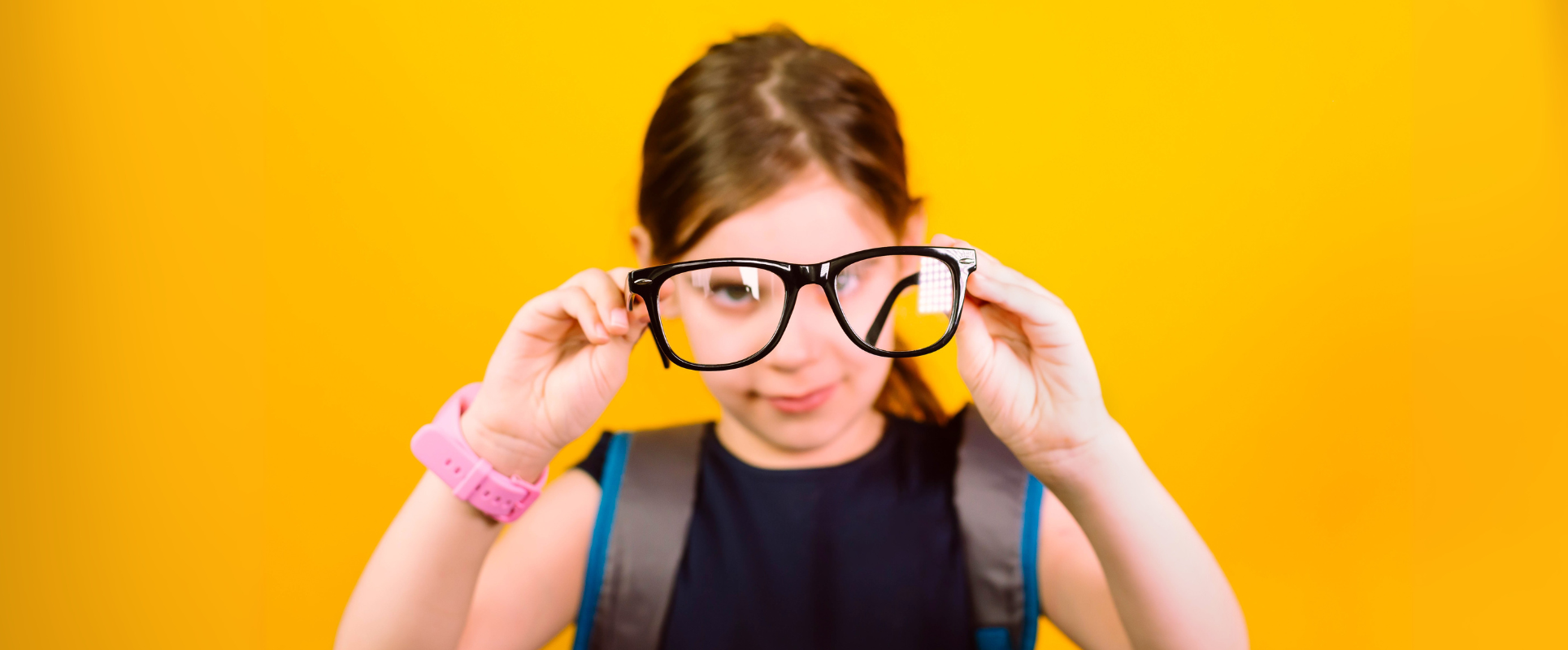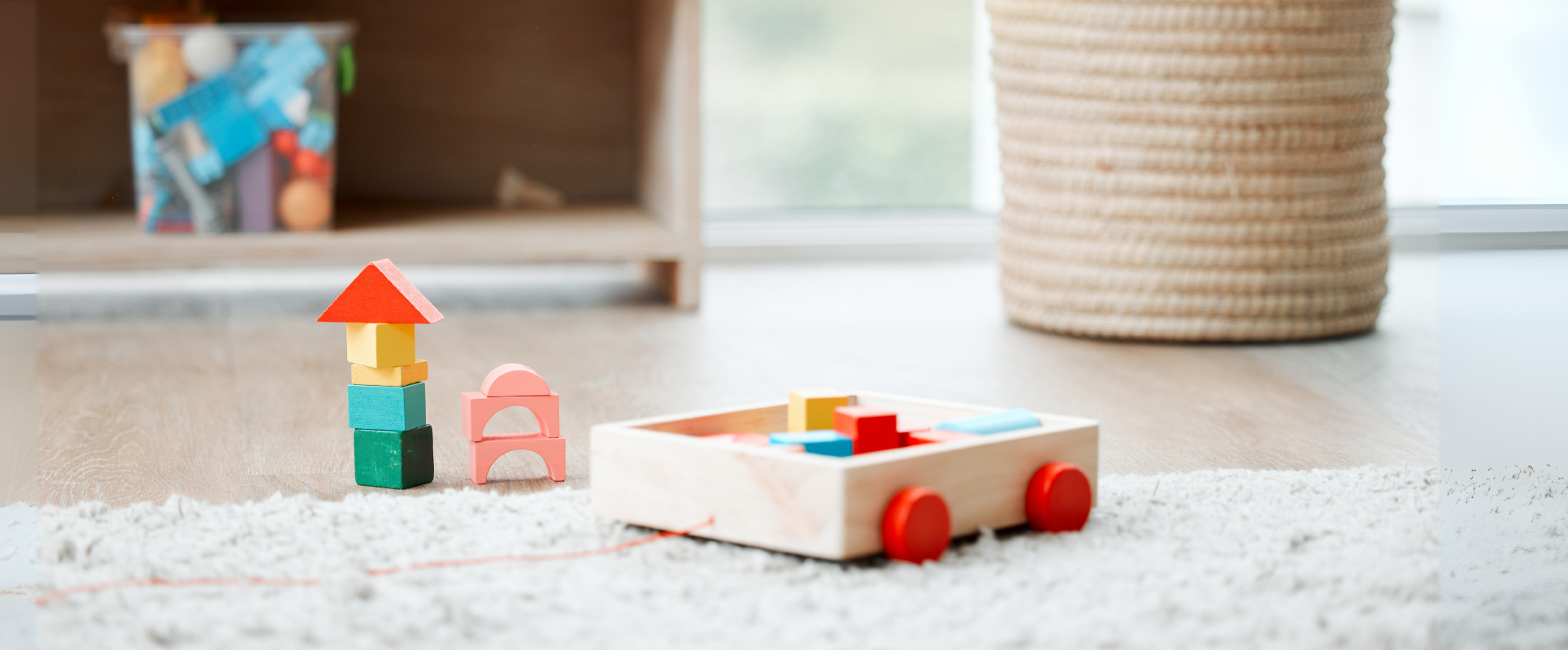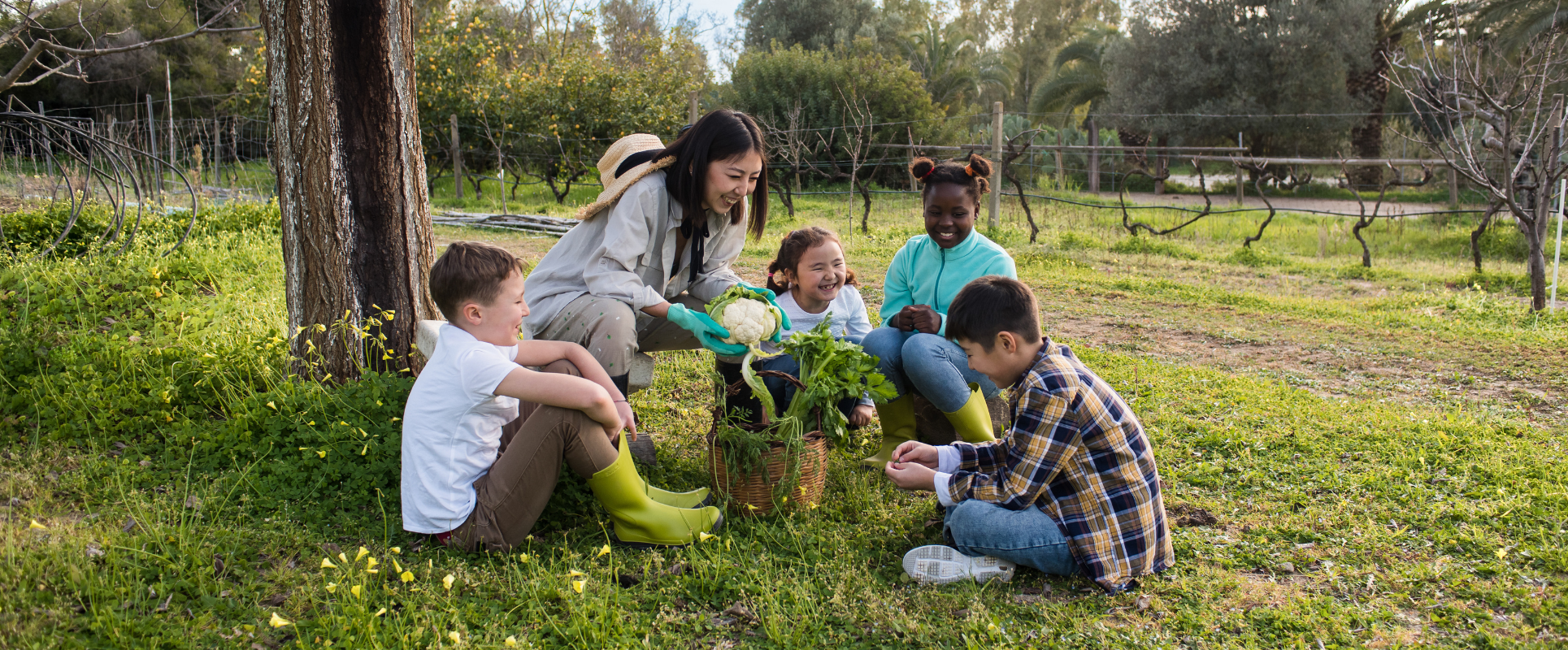
Teaching Kids Eco-Friendly Habits from an Early Age: A Gentle Parent’s Guide
Imagine your child’s smile while watering a tiny plant or their excitement when helping to turn off the lights before bedtime. These small actions are more than playful routines—they are seeds of responsibility, empathy and respect for the planet.
Raising environmentally conscious children is one of the greatest gifts parents can give. By introducing green habits early, we nurture not just sustainable behaviors but also kindness, resilience and lifelong awareness of how every action shapes our shared future.
Why Start Eco-Education Early?
Children learn by watching and doing. The earlier eco-friendly practices are introduced, the more naturally they become part of daily life.
-
Health sensitivity: The American Academy of Pediatrics reminds us that children are more vulnerable to environmental hazards because their bodies are still developing.
-
Global impact: UNICEF highlights that climate change and pollution disproportionately harm children, affecting their health, education and future opportunities.
Benefits of early eco-education include:
-
Cultivating empathy for nature
-
Encouraging responsibility through simple routines
-
Supporting healthier, low-waste lifestyles
-
Building family connection through shared green activities
Age-Appropriate Eco-Friendly Habits
Toddlers (2–4 years)
-
Switch off lights: Encourage little ones to press the switch when leaving a room.
-
Water plants: A small watering can becomes a tool for teaching care and patience.
-
Gentle bath time: Choose biodegradable soaps that are safe for both children and nature.
Preschool & Early School (5–8 years)
-
Sorting waste: Use color-coded bins for recycling.
-
Reusable choices: Pack snacks in cloth bags or stainless steel containers.
-
Outdoor exploration: Visit local parks and talk about why clean air and water matter.
Tweens (9–12 years)
-
Eco chores: Try air-drying clothes instead of using a dryer.
-
DIY crafts: Create art and toys from cardboard or recycled paper.
-
Energy habits: Teach unplugging chargers and turning off idle devices.
Teens (13+ years)
-
Eco advocacy: Join school or community environmental groups.
-
Sustainable commuting: Encourage walking, cycling or public transport.
-
Mindful shopping: Introduce second-hand fashion and eco-friendly brands.
Fun Ways to Teach Sustainability
-
Storytelling & Books: Read The Lorax or similar eco-tales.
-
Gardening Together: Grow herbs or veggies to teach patience and respect for food.
-
Eco Challenges: Try “Plastic-Free Week” or “Save Energy Day” as a family.
-
Creative Recycling: Turn cardboard boxes into forts or storage bins.
-
Nature Walks: Collect litter and explain how protecting nature helps animals and people.
Everyday Green Habits for Families
-
Reduce plastic: Cloth bags, refillable bottles, bamboo toothbrushes.
-
Save water: Turn off the tap while brushing teeth; keep showers short.
-
Clean gently: Choose natural, child-safe cleaning products.
-
Support conscious brands: Buy from companies that use sustainable, eco-friendly packaging.
The Role of Parents: Leading by Example
Children imitate what they see. When parents recycle, save energy and speak with respect about nature, these values naturally pass to their children. Modeling sustainable behavior is the most powerful lesson of all.
Long-Term Impact: Raising Global Citizens
Teaching eco-consciousness from an early age builds more than habits—it shapes identity. Children raised with empathy for nature grow into global citizens, resilient and ready to care for both people and the planet.

